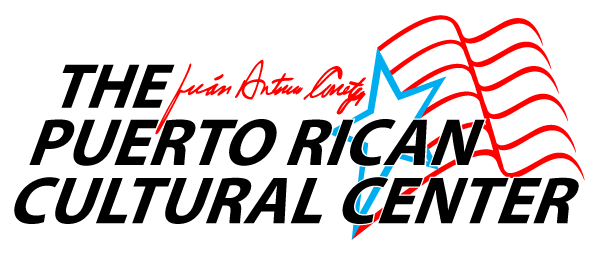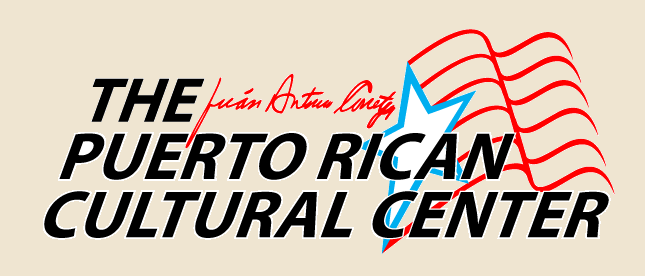Envision, for a moment, a soundless and barren urban landscape, encroached on by a harrowing, opaque sky and bright, white snow mystically descending from the heavens, with only dim street lights to guide a path. Your awe-struck eyes gaze upon the overwhelming swarm of small, cold particles engulfing the air, swirling with the wind in a synchronized, rhythmic movement, rapidly melting on sun-burnt skin. Finally, your mind collides with the cognizance that this shall be the eternal home of lineages unrealized and that Puerto Rico is a land of no return. What a sorrowful and beautiful genesis to a narrative laid before us; the setting of the stage of an epic and incomparable tale of tragedy and greatness unforeseen.
Such was the experience of thousands of pioneras/os, like my grandmother, who endured a particular migration decades ago; there were many before and many after them. In whatever time we locate the conception of a diaspora that owes its existence to a U.S. government-sponsored colonial enterprise, we must descry the fact that subsequent generations, physically distant from the island, continue to identify as Boricua. Some merely say that one can still be Puerto Rican even if residing outside Puerto Rico, as if the island is lending us magical keys to a locket of authenticity. In many ways, to be Puerto Rican is to be a part of our diaspora. In other words, there is a distinctive Puerto Ricanness in the U.S. and the island is just one (important) piece in a complex and colorful mosaic of cultural ruptures and innovations.
No matter if God decides to rid our little chaotic island
from its uncertain misery
and sends a wave of destruction from the very
waters that brought us our oppressive history
and sinks Borinquen to the water’s floor
our story will be narrated by the jíbaros on the moon
Unfortunately, our communities are burdened with institutions, artisans, and educators who make it a point to extract the political from the cultural. Puerto Rican cultural consciousness is inextricable from the political. When the dwellers of the island and the diaspora began to understand themselves and their cultural productions as distinctively, unmistakably, and uniquely Boricua, they simultaneously understood, due to a subordinate sociopolitical status, the danger in making such claims. In essence, Puerto Rican culture and identity is a product of resistance. Thus, to be proudly Boricua, is to be solemnly defiant. To affirm a puertorriqueñidad is to thwart the processes that seek our destruction. But, many of our institutions, artisans, and educators present the world with sanitized, nostalgic, and island-centered artistic representations detached from our lived experiences in the U.S. Most, but not all, contemporary art by the Puerto Rican Diaspora is thus without purpose or direction.
Yes, there are many possible routes and trajectories, but one thing must be clear: there needs to be an aesthetic attached to an ongoing process to cultivate a non-assimilationist, diaspora-specific, solution-proposing, and culturally affirming agenda. In order for it to be meaningful, this aesthetic, utilizing photography, painting, literature, poetry, film, theater, sculpture, music, dance, and song, must be by and for our people and rooted in our communities (both historic and new).
If we construct a New Boricua Diaspora aesthetic we can, with greater clarity, understand who we are and map out possible directions. Quite simply and unequivocally, we can begin to recognize and honor our beauty, particularities, and greatness and heal wounds of self-hate and cynicism. This, for what it is worth, is an invitation to dialogue and to create. Who shall heed the call? Whose art will proclaim, “Behold, the Boricua Diaspora, in all its lamentations, in all its glory”?
by Xavier “Xavi” Luis Burgos/Photo by Perla de León in 1977.







